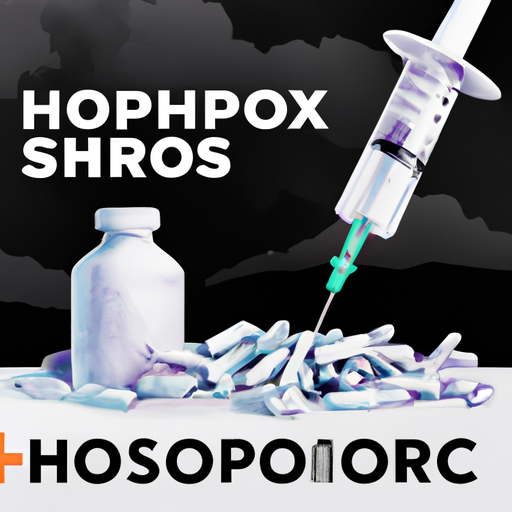The Resurgence of Hydromorphone in Nova Scotia’s Ongoing Opioid Crisis
As the opioid crisis in Canada continues to rock the lives of its citizens and the healthcare sector, a recent article posted on MSN shines a light on the re-emergence of an old drug, hydromorphone, in Nova Scotia’s overdose death cases. The Canadian healthcare landscape today is shaped significantly by the gripping crisis tied to opioids. The ramifications extend beyond the health sector, affecting the socioeconomic lens, including crime rates and the homeless situation.
The Opioid Crisis in the Lens of Nova Scotia
In 2021, Nova Scotia recorded a tragic high of 60 deaths due to opioid toxicity. The province’s public health department has expressed concern over hydromorphone’s profile, as unbeknown to many, this drug holds the potential to be misused as an opioid substitute. This mirrors the devastating impact of the broader opioid crisis, as individuals grappling with addiction resort to dangerous alternatives.
The Resurgence of Hydromorphone
Hydromorphone, a powerful painkiller usually used post-surgery or for palliative care, is now taking centre stage in Nova Scotia’s overdose death cases. This begs the question of its role in the larger opioid crisis, demonstrating the escalation of the situation as dangerous, and often unidentified substances infiltrate the opioids network.
Key Points
- Hydromorphone has resurged as a significant factor in opioid-related fatalities in Nova Scotia, reflecting the pervasive nature of the opioid crisis.
- The opioid crisis extends societal impacts on the homeless and crime rates, further destabilising the community.
- Nova Scotia’s health authorities have been ramping up efforts to address the situation through targeted programs and a wider distribution of naloxone kits, a medication used to counteract opioid overdoses in emergency situations.
Efforts to Combat the Crisis
Faced with a growing opioid problem, Nova Scotia’s health authorities have taken steps to combat the crisis. The wider distribution of naloxone kits among first responders and community members susceptible to opioid use is a notable step.
Furthermore, the province has embarked on the ‘Safer Drug Use’ project, echoing similar approaches in British Columbia. The project offers resources and information on safe drug usage to prevent overdoses, prefacing harm reduction over punitive measures, in tackling the opioid crisis.
The situation has also triggered urgent conversations on the legality and implications of a potential opioid class action. This could pave the way for prominent legal measures being enforced to hold liable parties accountable.
Conclusion
The re-emergence of hydromorphone and its role in the opioid crisis paints a grim picture of Nova Scotia’s plight. The severity of the situation is becoming increasingly apparent, affecting not only the province’s healthcare landscape but also social fabrics, with homeless populations and crime rates affected.
The ‘Safer Drug Use’ project being implemented and the wider distribution of naloxone kits reflect Nova Scotia’s commitment and concerted efforts to mitigate the crisis. Drawing attention to the potential for an opioid class action, the discourse around the accountability and legal implications is something to keep a keen eye on.
The opioid crisis necessitates a collective, multi-faceted approach, blending healthcare, public policy, and legal considerations, towards a common goal – to restore safety, health, and resilience in our communities.
